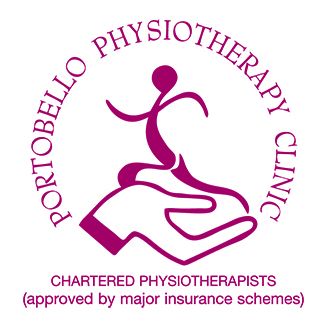Chartered Physiotherapists
Specialists in Musculoskeletal Physiotherapy
Wrist Fracture
In the medical profession a ‘Broken wrist’ is referred to as a Colles Fracture or Distal Radius Fracture. It is the most common type of upper limb fracture making up one out of every ten reported upper limb fractures. Broken wrists are more common in contact sports such as rugby, GAA and football, or in high speed sports such downhill skiing and biking. Elderly people with osteoporosis (weakened bones) are also at high risk of wrist fractures if they fall on an outstretched hand.
Symptoms & Treatment for Wrist Fracture or Broken Wrist
Those who sustain a broken wrist will experience severe pain, marked swelling and bruising will be present and there will be an inability to move or bear weight through the joint. Once a break or fracture is confirmed by imaging depending on the severity of the break the orthopaedic specialist may have to stabilise the fracture site with metal pins before immobilising the wrist in a plaster cast or brace. The wrist joint will be immobilised for a period of at least 8 weeks after which physiotherapy treatment will commence.
Physiotherapy Treatment
The goal of physiotherapy treatment following the removal of the cast or brace is to help regain lost mobility and strength in the wrist and restore pain free function. Due to the injury and long period of immobilisation the wrist joint will be stiff and the muscles that support the wrist will be weakened due to disuse. Occasionally there may also be some swelling pooling in the area where the break was which contributes to joint stiffness and pain. Our Chartered Physiotherapists will help you regain full pain free function through a combination of joint mobilisation, massage and exercise.
Ready to take the next step?
Learn more about our Patient-Centered Approach to Care or schedule a new patient consultation.


